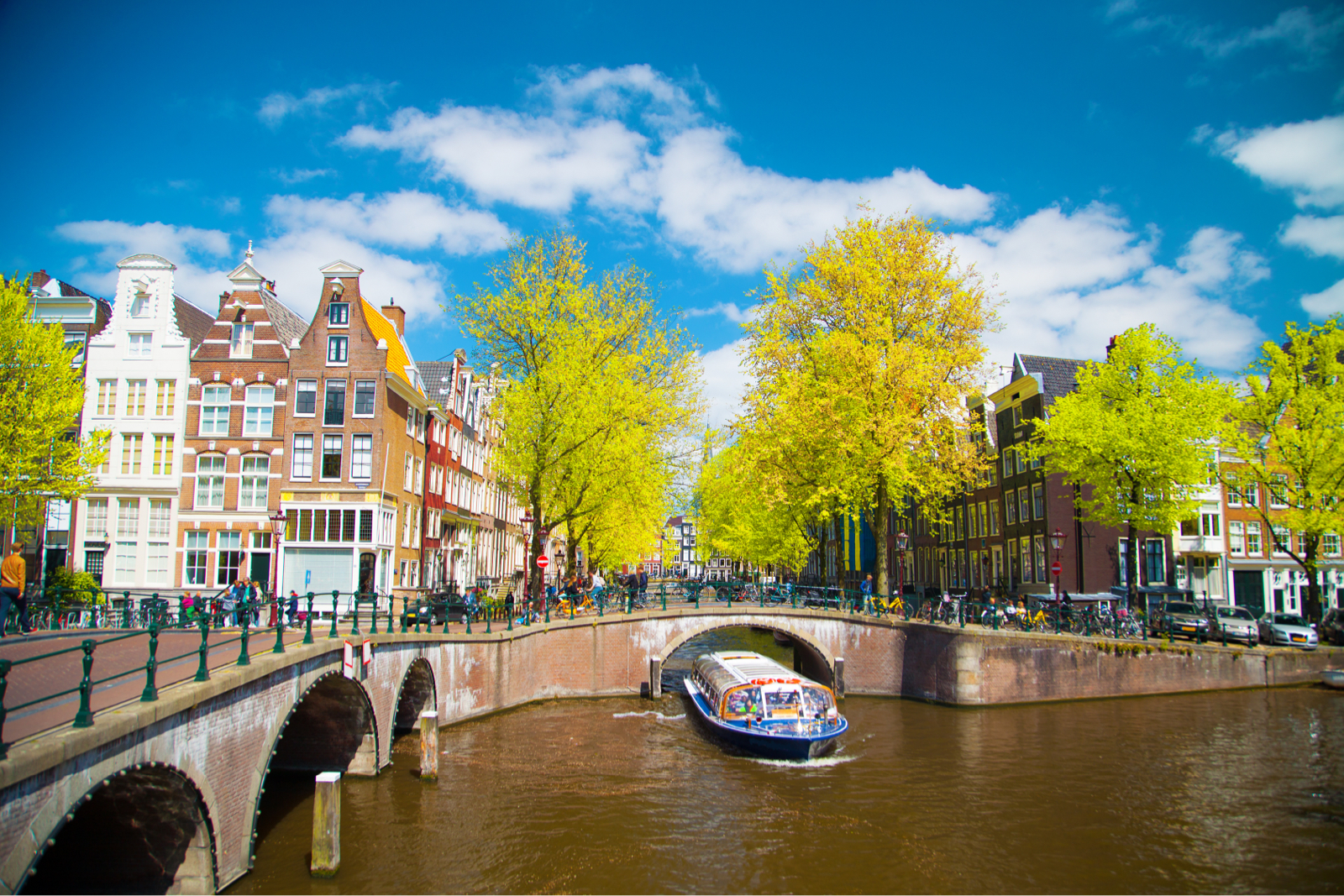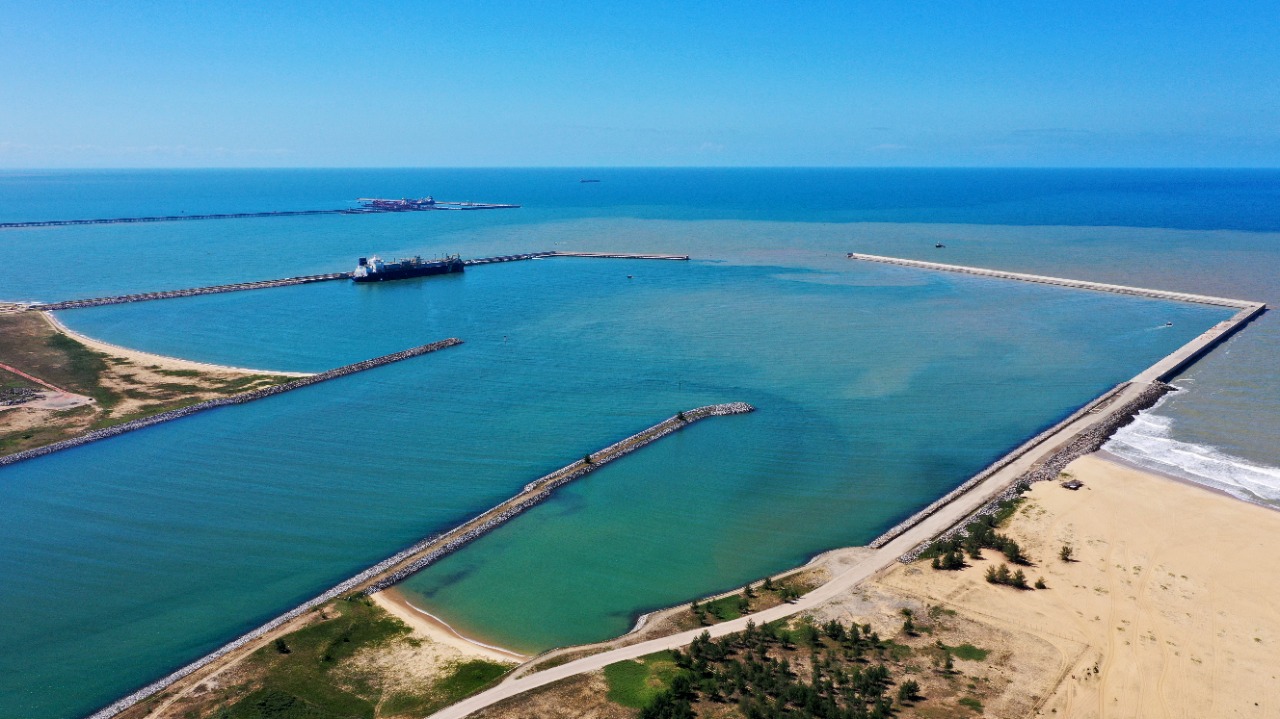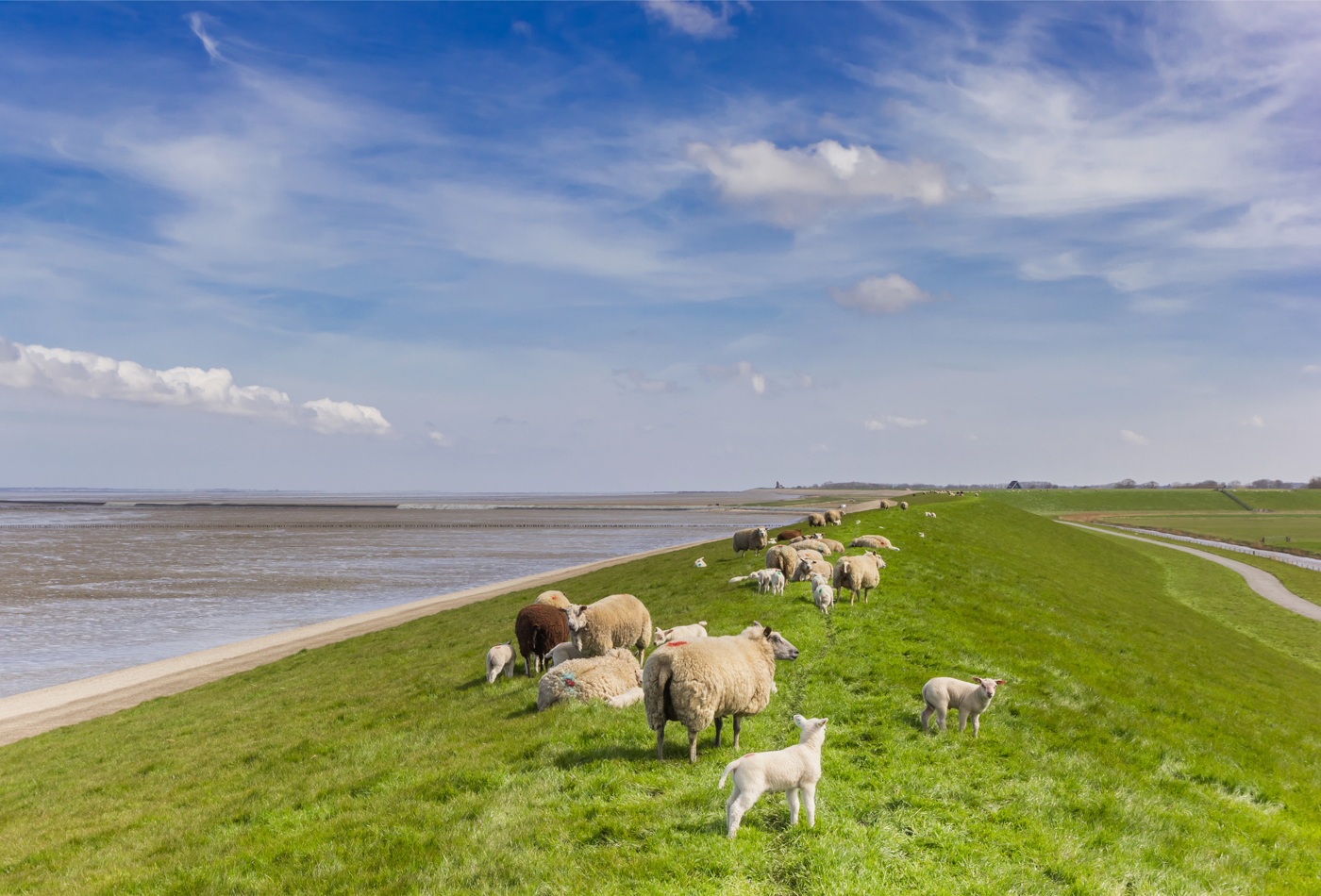Resilient hydraulic engineering
Hydraulic structures like locks, storm surge barriers, dams and pumping stations are part of the highly interconnected, and therefore complex, water infrastructure in the Netherlands. Without structures like these in our flood defences, sixty percent of the Netherlands would be regularly inundated. This system also safeguards freshwater supplies and keeps rivers navigable. Due to wear and tear, new standards, use requirements and climate change, several of these structures are due to be renovated or replaced. Deltares is working with partners, including Rijkswaterstaat and the knowledge institutes MARIN and TNO, to determine which measures are needed to extend the life span of hydraulic structures towards future-proof infrastructure. The functionality of water-based structures continues to be vital for people to live and work in a safe, liveable and accessible delta.
Important links in a complex water system
Locks, dams, storm surge barriers and pumping stations are important hubs in the Dutch water infrastructure. Some are more than a hundred years old and they are still functioning working well. These structures combine a range of water-management functions to maintain water levels in the Netherlands. A failure can have a significant impact on the performance of the water system. The sea lock complex in IJmuiden is an excellent example of how a range of functions can be combined in a single complex. The locks need to provide increasingly larger vessels access from the North Sea to the North Sea Canal and the port of Amsterdam, and vice-versa. At the same time, the locks have to keep out salt water much as possible. They also maintain an acceptable water level in the North Sea Canal and they are part of our primary flood defences.
'For a safe, liveable and accessible delta, it is important to maintain the resilience of water infrastructure. That resilience is often under pressure because technical, functional and economic changes constantly place new demands on infrastructure.'
Joost Breedeveld, Infrastructure Renewal and Renovation Expert

Lock complex IJmuiden, parallel to the large Northern Lock a new large sea lock will be build.
Functional, economic and technical sustainability
The sea lock complex in IJmuiden was no longer adequately providing current and future vessels with smooth and safe access to the port of Amsterdam. So in 2016 the initiative was taken to build the world’s largest sea lock in order to make the lock complex sustainable in technical, functional and economic terms. The lock complex will also be made more climate-adaptive. Modifications to the existing sluice and pumping station complex on the north side of the sea lock will, with a newly built selective-extraction system, be used to return the extra salt water to the sea after it enters the North Sea Canal through the new sea lock.
Guidance for decision-makers
Knowledge development and research for the replacement of the IJmuiden sea lock may be useful for other assets such as bridges. This knowledge can help in the decision-makings about the long-term performance requirements for those assets. For example, how many bikes and cars can cross a bridge? For the Maas weir at Grave, which was built in 1914, we are working with our partners to investigate how the weir needs to be renovated in the short term. Questions that arise are: will the weir be replaced by a similar structure or is another type of structure required to regulate the water level for navigation in the Meuse River? In this way, we are identifying future-resilient solutions for water infrastructure.

'Over the next few years, we have to replace or renovate about 200 hydraulic structures. This is a complicated and costly task. For this we need the combined knowledge of Deltares, TNO and MARIN. For us Deltares is an important partner for us to tackle the toughest issues together with these parties.'
Martine Brinkhuis-Jak, program leader Science Programme Hydraulic Works at Rijkswaterstaat.

Toolbox
We put knowledge development about the renewal and renovation agenda for hydraulic structures into a toolbox with software tools and models incorporating state-of-the art civil engineering knowledge. We can translate advanced knowledge about structures to a higher abstraction level. This provides us with an insight into how we can make a structure sustainable and which uncertainties, such as climate changes, we need to consider. Infrastructure managers use these tools in complex decision-making processes about the renewal and renovation of hydraulic structures at various stages of asset management. This helps them maintain the resilience of complex water systems.
Realising impact
Deltares works with Rijkswaterstaat, TNO and MARIN on the renewal and renovation of hydraulic engineering structures. Together, we determine the criticality of a structure in the complex water system. We investigate how quickly the loads such as higher flow rates, on a structure change. We also look at possible effects on degradation, such as corrosion of steel structures.
All Sendai priority’s
Sustainable development goals
Industry, innovation and infrastructure








